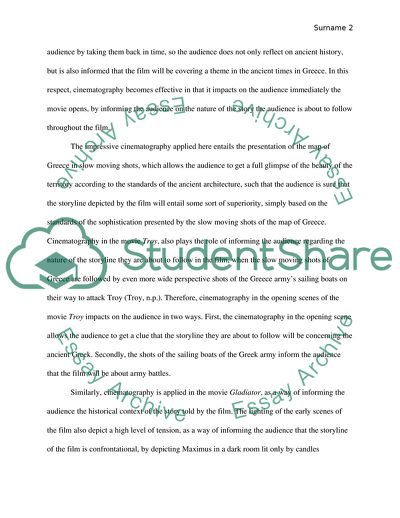Cite this document
(The Cinematography of the Movies Troy and Gladiator Essay, n.d.)
The Cinematography of the Movies Troy and Gladiator Essay. https://studentshare.org/visual-arts-film-studies/1874775-film-studies-the-cinematography-of-the-movies-chosen-and-their-effect-on-the-audience
The Cinematography of the Movies Troy and Gladiator Essay. https://studentshare.org/visual-arts-film-studies/1874775-film-studies-the-cinematography-of-the-movies-chosen-and-their-effect-on-the-audience
(The Cinematography of the Movies Troy and Gladiator Essay)
The Cinematography of the Movies Troy and Gladiator Essay. https://studentshare.org/visual-arts-film-studies/1874775-film-studies-the-cinematography-of-the-movies-chosen-and-their-effect-on-the-audience.
The Cinematography of the Movies Troy and Gladiator Essay. https://studentshare.org/visual-arts-film-studies/1874775-film-studies-the-cinematography-of-the-movies-chosen-and-their-effect-on-the-audience.
“The Cinematography of the Movies Troy and Gladiator Essay”. https://studentshare.org/visual-arts-film-studies/1874775-film-studies-the-cinematography-of-the-movies-chosen-and-their-effect-on-the-audience.


